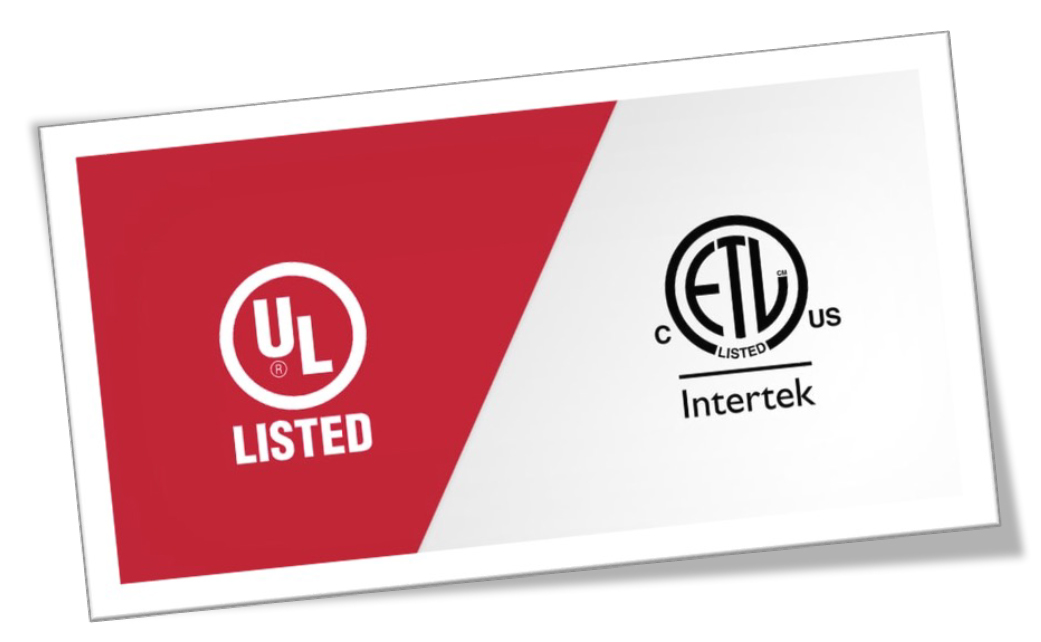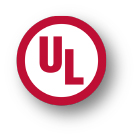Blog
UL vs ETL listed, what is the difference?

Many of us are wondering about the differences between UL vs ETL labels. These labels are everywhere in the marketplace and are seen on various pieces of technology. But what do these safety labels mean? What are the differences between these different safety certifications?
Before we get into details, let us explore why do we need to have these labels in the first place. In the United States, the Occupational Safety and Health Administration (OSHA), sets certain standards to ensure a safe workplace. Some of those requirements pertain to products used by both consumers and businesses. To ensure the users’ safety, electrical products must be certified by a Nationally Recognized Testing Laboratory or NRTL. Underwriter Laboratories (UL) and Electrical Testing Laboratories (ETL) are the two most popular labs in the NRTL program that test and ensure products’ safety for use.
What is UL Listed?UL, which stands for Underwriters Laboratories, is a leading organization that both creates standards, and performs tests on products to ensure they meet those standards. It was founded in 1894 and has developed more than 1500 different safety standards that are approved for use in both the US and Canada. This testing is used to certify a product including recycling systems, renewable energies, sustainable products, food safety and water quality products.
The standards that they develop are used for testing by many other organizations, including ETL. They also perform their own lab tests to certify various consumer and industrial products. Most people will have seen their certification logo, which means that the product meets the standards established by UL, and that it performed the lab tests to confirm this fact.
 What is ETL Listed?
What is ETL Listed?
ETL stands for Electrical Testing Laboratories, a name that was originally used by a testing laboratory founded by Thomas Edison in 1896, is a testing and certification division of UK-based Intertek Testing Laboratories. ETL is a member of OSHA’s Nationally Recognized Testing Laboratories (NRTL). Basically, ETL tests parts and components of a wide range of products including LED Lighting to ensure they conform to safety standards. Unlike UL, ETL does not create its own standards for certification. They only test the products to meet the standards developed by UL. When it comes to cost, ETL is inexpensive and is known for completing the certification process faster than UL.
The Difference:UL develops and tests safety standards that are used by other organizations worldwide. ETL does not develop the standards but follows and tests the standards that were developed by UL. Both UL and ETL are Nationally Recognized Testing Laboratories (NRTLs). They serve as non-governmental labs that operate independently. Additionally, they are recognized by OSHA as being suitable labs to test products based on safety standards.
